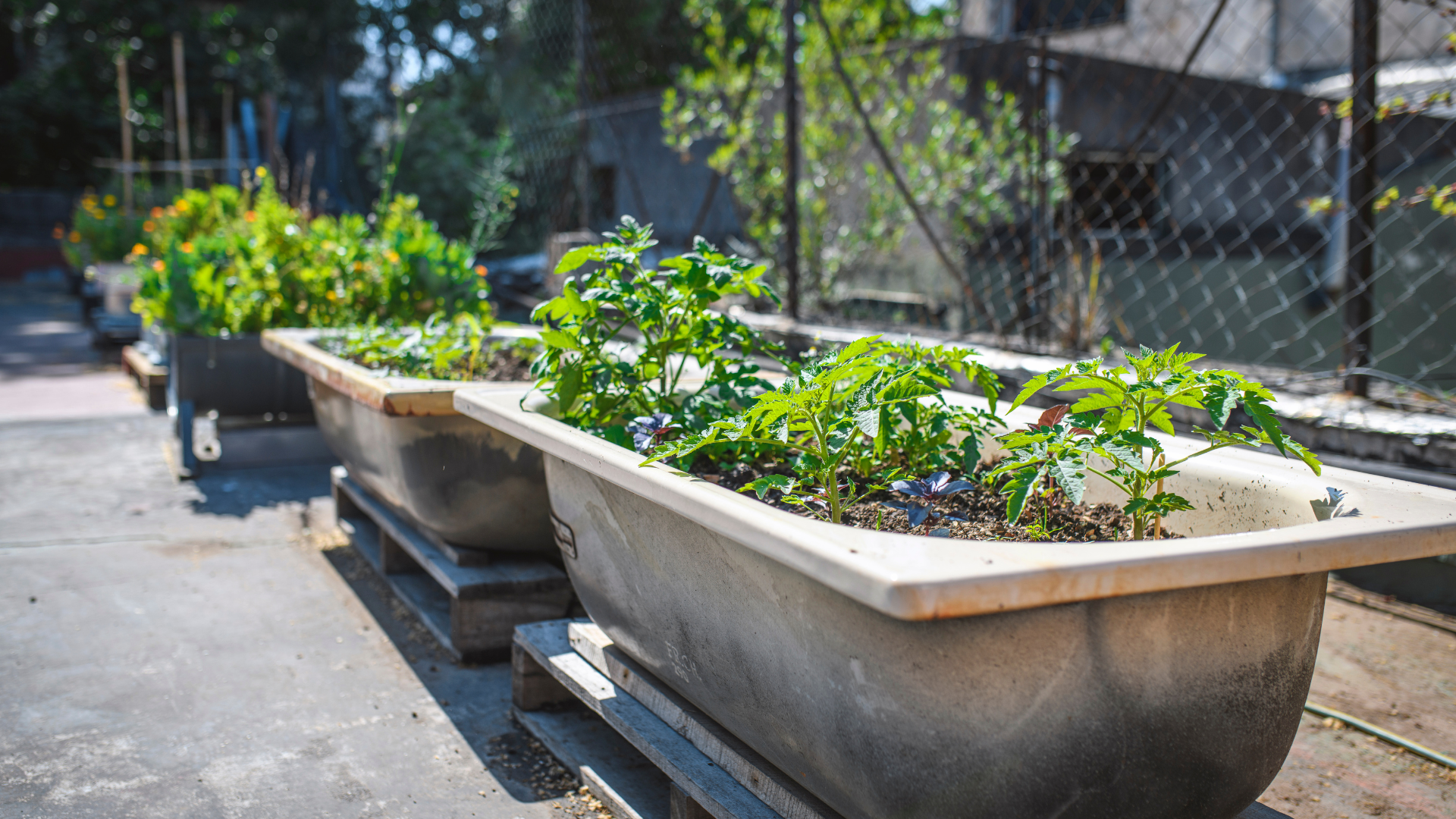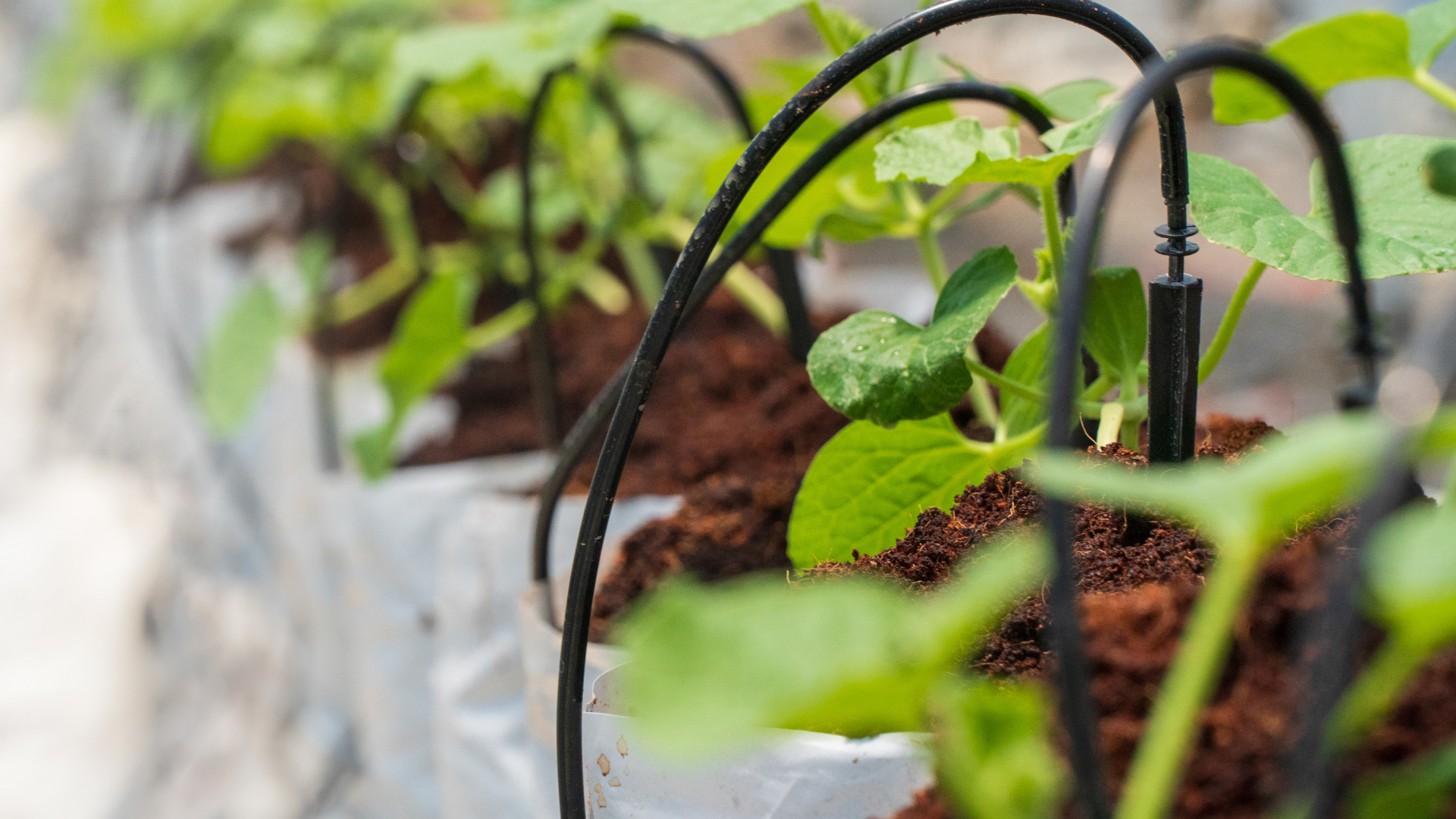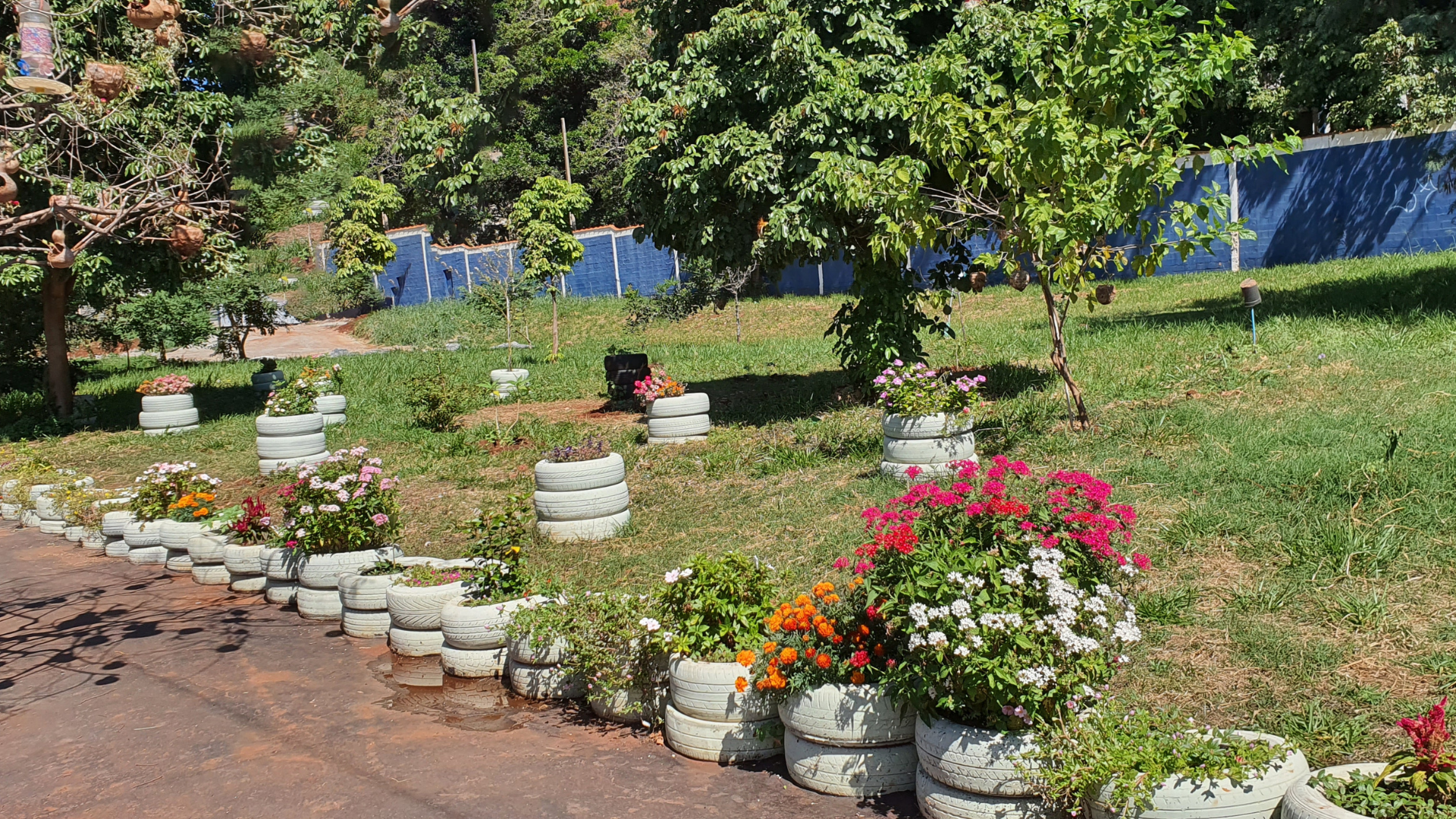The Ultimate Guide to Eco-Friendly Landscaping: Ideas, Improvements, and Best Practices
Eco-friendly landscaping is more than just a trend; it’s a commitment to creating outdoor spaces that harmonize with the environment, conserve resources, and enhance biodiversity. By embracing eco-friendly practices, you can lower your carbon footprint, reduce water usage, and design a beautiful yard that’s beneficial for both the planet and your pocket. In this guide, we’ll explore the most efficient setup for eco-friendly landscaping, share five transformative ideas, and provide practical tips for improvement.
What is Eco-Friendly Landscaping?
Eco-friendly landscaping involves designing and maintaining outdoor spaces in a way that minimizes environmental impact. This approach focuses on resource conservation, waste reduction, and supporting native ecosystems. From utilizing sustainable materials to planting drought-resistant species, eco-friendly landscaping promotes a healthy balance between nature and human activity.
The Most Efficient Setup for Eco-Friendly Landscaping
Creating an efficient eco-friendly landscape requires careful planning and execution. Below are the essential elements of an efficient setup:
1. Soil Health as the Foundation
Composting: Use kitchen scraps, lawn clippings, and leaves to create nutrient-rich compost. This reduces waste and enriches your soil naturally.
Soil Testing: Understand the nutrient composition and pH levels of your soil to tailor amendments effectively.
2. Drought-Tolerant Plants
Select native plants adapted to your local climate. These plants require less water, fertilizer, and maintenance, making them eco-friendly and budget-friendly.
Examples include kangaroo paw and bottlebrush for Australian landscapes.
3. Efficient Water Management
Install drip irrigation systems to deliver water directly to plant roots, minimizing wastage.
Harvest rainwater with barrels or tanks to reduce reliance on municipal water.
4. Mulching and Ground Cover
Use organic mulches like bark or straw to retain soil moisture, reduce evaporation, and suppress weeds.
Consider ground covers such as creeping thyme or dichondra for an attractive, water-saving alternative to traditional lawns.
5. Renewable Materials for Hardscaping
Opt for recycled materials like reclaimed wood, bricks, or crushed concrete for pathways and patios.
Permeable pavers allow water to filter through, replenishing groundwater and reducing runoff.
Top 5 Eco-Friendly Landscaping Ideas
1. Rain Gardens for Water Conservation
Rain gardens are shallow depressions filled with native plants that capture and filter stormwater runoff. They prevent erosion, reduce flooding, and create a habitat for pollinators like bees and butterflies.
Pro Tip: Position rain gardens in areas where water naturally collects, such as at the base of a slope.
2. Edible Landscaping
Combine beauty and utility by planting edible plants like herbs, fruits, and vegetables. Replace ornamental shrubs with blueberry bushes or grow a mix of lettuce varieties as a decorative ground cover.
Improvement Tip: Use organic fertilizers and companion planting to enhance soil health and repel pests naturally.
3. Vertical Gardens
Maximize space and create a stunning visual impact with vertical gardens. These can be designed with upcycled materials like wooden pallets or plastic bottles.
Eco-Friendly Advantage: Vertical gardens improve air quality, reduce heat islands, and are perfect for urban settings.
4. Solar Lighting
Replace traditional outdoor lighting with solar-powered options. These lights harness sunlight during the day and illuminate your garden at night, reducing energy consumption.
Pro Tip: Use motion-activated solar lights for pathways and security while conserving battery life.
5. Wildlife-Friendly Spaces
Create habitats for local fauna by incorporating birdhouses, bee hotels, and butterfly gardens. Plant native flowering species to attract pollinators, and leave small logs or stones for lizards and frogs to hide under.
Improvement Tip: Avoid using chemical pesticides or herbicides, as they can harm beneficial wildlife.
Improving Your Eco-Friendly Landscaping Efforts
1. Upgrade to Smart Irrigation Systems
Smart irrigation systems use weather data and soil sensors to optimize watering schedules, ensuring plants get the right amount of water without wastage.
2. Integrate Renewable Energy
Install a small wind turbine or solar panels to power water pumps or lighting in your garden, further reducing reliance on fossil fuels.
3. Switch to Electric or Manual Tools
Gas-powered lawnmowers and trimmers produce emissions. Opt for electric or manual alternatives to make your landscaping efforts greener.
4. Reduce Lawn Areas
Lawns demand significant water and fertilizer. Replace sections of your lawn with native ground covers, wildflower meadows, or gravel pathways to save resources.
5. Implement Waste Recycling
Set up designated bins for green waste, and use a wood chipper to turn branches and twigs into mulch. Recycle hardscaping materials by incorporating them into new projects.
Benefits of Eco-Friendly Landscaping
- Resource Conservation: By using drought-tolerant plants and rainwater harvesting systems, you significantly reduce water consumption.
- Cost Savings: Sustainable practices like composting and solar lighting lower utility and maintenance costs.
- Biodiversity Support: Native plants and wildlife-friendly designs create thriving ecosystems in your backyard.
- Climate Resilience: Eco-friendly landscapes are better equipped to handle extreme weather conditions.
- Enhanced Aesthetics: Sustainable materials and thoughtfully designed gardens result in beautiful, functional outdoor spaces.
Common Mistakes to Avoid
- Overwatering: Even native plants can suffer from too much water. Use drip irrigation and monitor soil moisture.
- Ignoring Soil Health: Skipping soil testing or neglecting composting can lead to poor plant growth and increased chemical use.
- Using Non-Native Plants: Exotic species may require more water and care while potentially disrupting local ecosystems.
- Improper Mulching: Applying mulch too thickly or too close to plant stems can cause root rot.
- Neglecting Maintenance: Regular weeding, pruning, and system checks are essential for long-term success.
Final Thoughts
Eco-friendly landscaping is a rewarding endeavor that benefits your home, community, and the environment. By following efficient setups, implementing creative ideas, and continually improving your efforts, you can transform your outdoor space into a sustainable haven.
Whether you’re just starting out or looking to refine your landscaping practices, adopting eco-friendly methods is a step toward a greener future. Embrace these strategies, and watch your garden thrive while making a positive impact on the planet.



